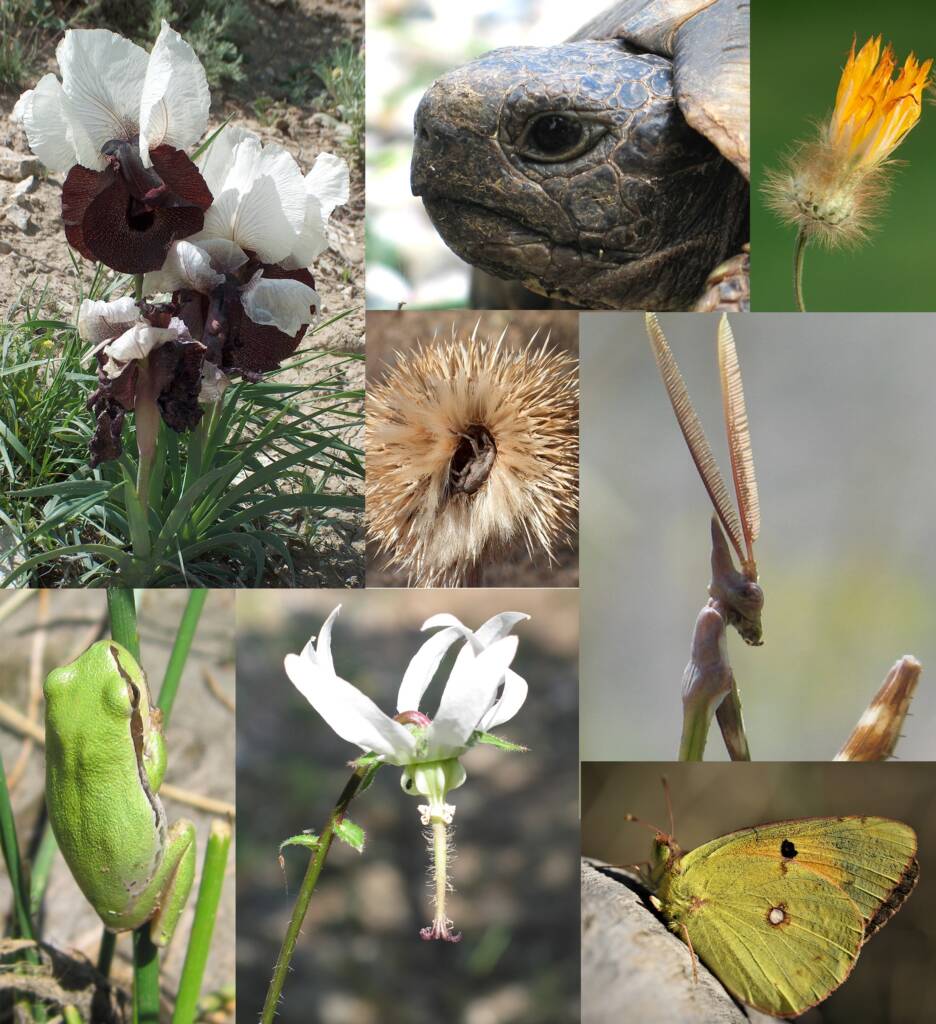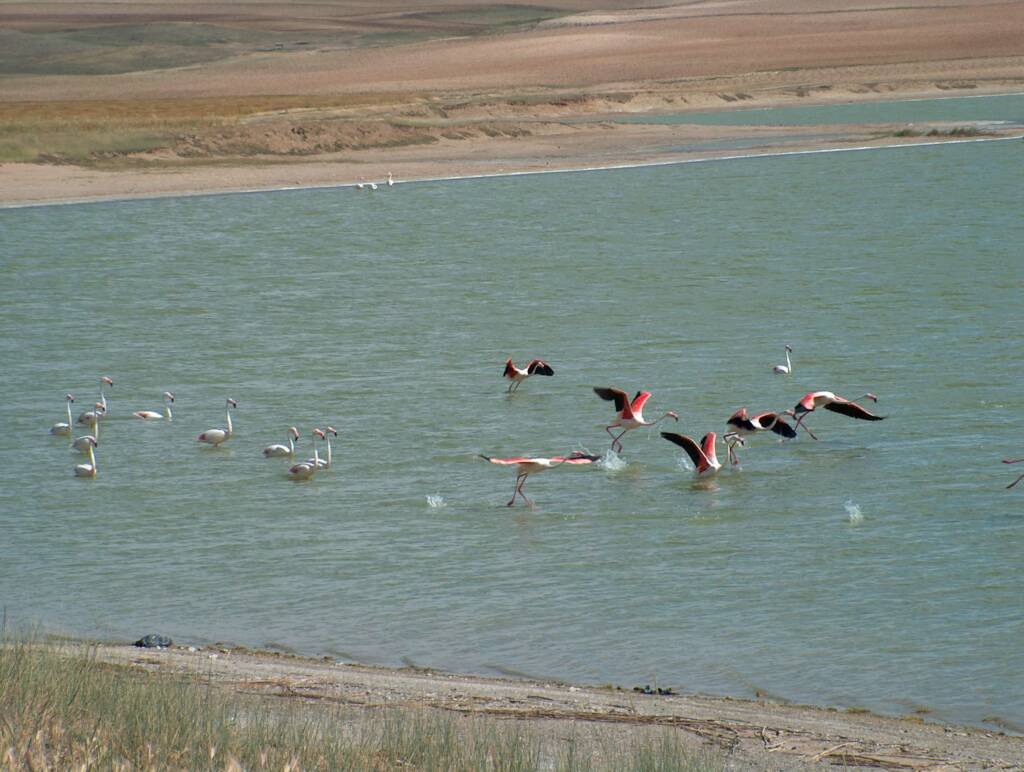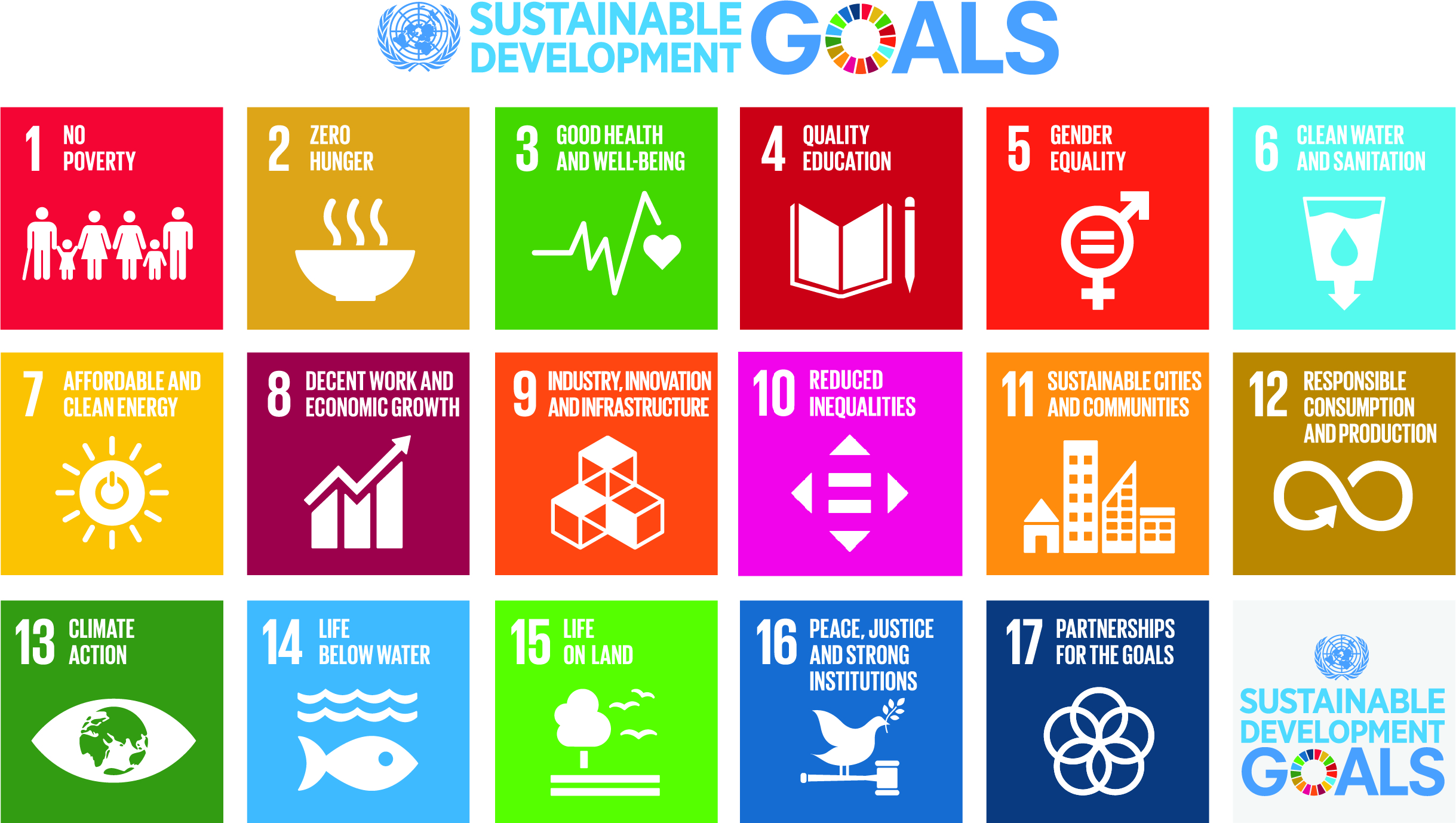
Biodiversity, in its more common usage, is the diversity of all life forms, from genes to species to the broad scale of ecosystems, defining a holistic view of life.
Biodiversity is typically defined and measured by three main components:
• Genetic Diversity: This refers to the diversity of genes within a single species. Genetic diversity is very important because it provides the raw materials for adaptation to changing environments. It also underlies traits that can make species more resilient and adaptable.
• Species Diversity: This component focuses on the diversity of different species in a particular ecosystem or planet. High species diversity is a hallmark of healthy ecosystems and is often associated with greater stability and resilience in these ecosystems.
• Ecosystem Diversity: Ecosystems consist of interactions between different species in a particular environment. Ecosystem diversity relates to different types of ecosystems (e.g. forests, wetlands, coral reefs) and the variety of ecological processes and functions they perform.
Living natural resources, the richness of species and ecosystems that are the basic elements of biodiversity, are indispensable for the welfare, balanced and continuous development of a country, and are the most important vital treasure that we will leave to the next generations. Medicine, pharmacy, agriculture, forestry, animal husbandry, fishing and tourism, which are the basic wheels of country economies, depend on biodiversity as a basic source of raw materials. Biodiversity forms the web of life on which we depend for many things, including food, water, medicine, a stable climate, economic growth, and more. More than half of global GDP depends on nature. More than a billion people rely on forests for their livelihood, and terrestrial ecosystems and the ocean absorb more than half of all carbon emissions.

Biodiversity is important for many reasons:
• Ecosystem Services: Biodiversity provides vital ecosystem services essential for human well-being, such as plant pollination, water purification and carbon storage.
• Durability: High biodiversity can make ecosystems more resilient to environmental changes and disturbances, including climate change.
• Economic Value: Biodiversity provides the origin of food, medicine and other resources and supports industries such as agriculture and fishing.
• Scientific Understanding: It is a source of scientific knowledge and inspiration that drives discoveries in fields such as biodiversity, taxonomy, systematics, ecology, genetics and medicine.
• Aesthetic and Cultural Value: Many people derive cultural and aesthetic value from the diversity of life forms on Earth.
However, biodiversity faces significant threats, largely due to human activities. Habitat destruction, pollution, overconsumption of natural resources, climate change and the spread of invasive species are among the main causes of biodiversity loss. This loss of biodiversity can have far-reaching consequences, including reduced ecosystem stability, potential impacts on food security, and loss of potential future benefits.


Biodiversity is under threat
• Nature is experiencing a dangerous collapse, and we humans are causing it.
• The world's ecosystems cannot keep up with our demands to sustain our current lifestyle (UNEP-United Nations Environment Programme).
• Climate change is playing an increasingly important role in reducing biodiversity. With each degree of warming, the risk of species extinction increases.
• Species extinctions are at least a thousand times greater than pre-human rates (De Vos et al., 2015).
• One million (1,000,000) of the estimated 8 million species in the world are in danger of extinction (IPBES-Intergovernmental Science-Policy Platform on Biodiversity and Ecosystem Services).
• 75 percent of the Earth's land surface has been significantly altered by human actions, including 85 percent of wetlands (IPBES).
• 66 percent of ocean area is negatively affected by human activities, including fishing and pollution (IPBES).
• Approximately 90% of the world's marine fish stocks are completely overexploited or depleted (UNCTAD- United Nations Conference on Trade and Development).
• The global food system is the leading cause of biodiversity loss, with agriculture alone the identified threat to 24,000 of the 28,000 species at risk of extinction (Chatham House and UNEP).
• Agricultural expansion accounts for 70% of projected terrestrial biodiversity loss (CBD-Convention on Biological Diversity).
• There is a loss of $577 billion in annual global crop production due to pollinator species being at risk.
• Time is running out to stop biodiversity loss.
The three main goals of the International Convention on Biodiversity are; 1- Protection of biodiversity, 2- Sustainable use of resources, 3- Fair sharing of the benefits of genetic resources. Among the 17-item Sustainable Development Goals of the United Nations, the 14th article is "Life in Water" and the 15th article is "Life on Terrestrial". Both articles (14th and 15th) state the need for urgent action to protect biodiversity and endangered species. In order to achieve this, the parameters of determining our country's biodiversity elements, taxonomic analysis, identification, naming, recording, creating a national biodiversity collection, determining the conservation status of species, raising public awareness, data management, digitalization and inclusion in information network systems must be fulfilled. The "Green Deal" mission announced by the European Union in 2020 states research priorities until 2050. Climate change and the protection of biodiversity, species and ecosystems are the most prominent topics.
Türkiye is a large country that is a bridge between Europe and Asia with a geographical area of 779,452 km2, and the biogeography of Anatolia, where 3 biodiversity hotspots meet, is one of the regions with the richest species diversity. According to the National Biodiversity Monitoring Report (2011), there are 31,478 species in our country (11,000 plants; 460 birds; 161 mammals; 141 reptiles; 480 marine fish; 236 freshwater fish; 19,000 invertebrates), and according to GBIF records, there are around 39,714 species. According to IUCN records, the number of species existing in Europe is over 120,000.



